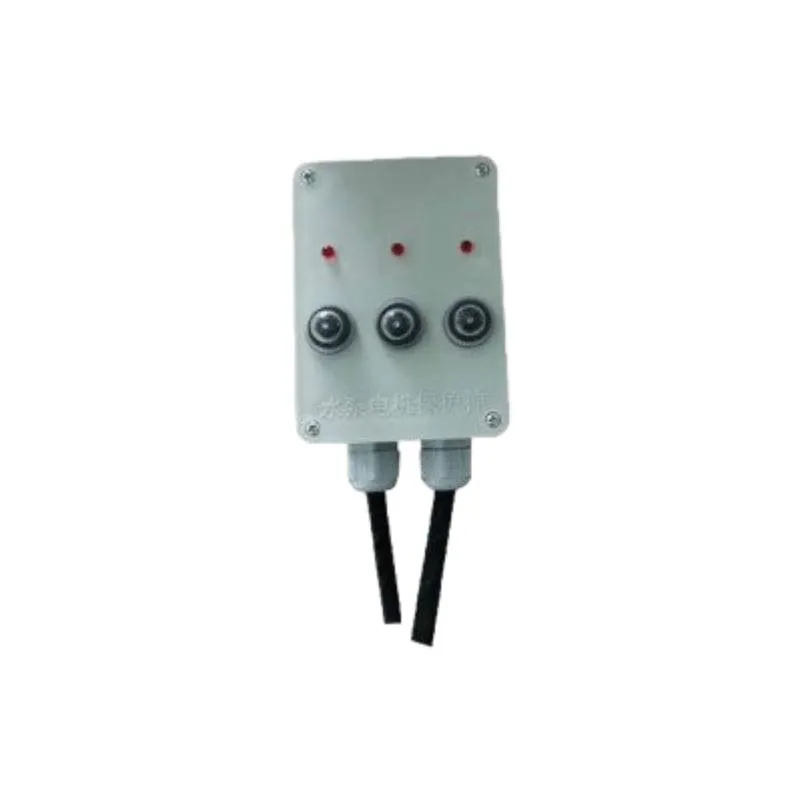The Importance of Car Wire Harness Wrap A Comprehensive Guide
In the automotive industry, maintaining the integrity and functionality of vehicle wiring systems is paramount. Car wire harnesses are bundles of wires that transmit electrical power and signals throughout the vehicle, connecting various components like the engine, lights, and sensors. Given their critical role, it is crucial to protect these wire harnesses from damage, wear, and interference. One effective way to achieve this is through wire harness wrapping.
What is Car Wire Harness Wrap?
Car wire harness wrap refers to the protective material used to encase and organize the wires within a harness. This wrap serves multiple purposes, including insulation, protection from abrasion, and resistance to heat, chemicals, and environmental factors. It is typically made from materials like nylon, polyester, or specialized heat-resistant compounds that ensure durability and functionality.
Key Benefits of Wire Harness Wrap
1. Protection Against Abrasion and Damage Vehicle wire harnesses are often exposed to harsh conditions, such as high temperatures, oils, moisture, and friction from moving parts. A suitable wire harness wrap can protect the wires from abrasions that might lead to short circuits or other electrical failures.
2. Improved Organization Wire harness wraps help bundle and organize individual wires within the harness. This organization not only simplifies installation and maintenance processes but also reduces the chances of wiring errors. An organized harness is easier to inspect and troubleshoot when issues arise.
3. Insulation and Noise Reduction Many wire harness wraps offer excellent insulating properties, which can prevent electrical interference and reduce noise from various electrical components. This is particularly important in modern vehicles equipped with numerous electronic systems that can affect each other if not properly insulated.
4. Corrosion Resistance In addition to abrasion protection, quality wire harness wraps can be designed to resist corrosion from exposure to moisture or certain chemicals. This is especially important for vehicles operating in challenging environments, such as those frequently exposed to road salt or other corrosive elements.
5. Aesthetic Improvement Beyond functionality, wire harness wraps can contribute to the overall appearance of the vehicle's interior. Vehicle enthusiasts often opt for custom wraps to achieve a cleaner and more visually appealing look under the hood.
Types of Wire Harness Wrapping Materials
There are several types of materials used for wire harness wrapping, each with its unique properties
car wire harness wrap

- Nylon Sleeving A popular choice for wire harness wraps, nylon is lightweight, flexible, and resistant to heat and abrasion
. It is often used in automotive applications due to its durability.- Polyester Filament Tape This type of tape is often used for temporary applications or when a strong hold is required. Its adhesive properties allow it to conform to various shapes and provides excellent insulation.
- Heat Shrink Tubing Often used in conjunction with wire harness wraps, heat shrink tubing provides a tight fit around individual wires, offering enhanced protection against moisture and abrasion.
- Cotton or Fabric-Based Wraps For those looking for a vintage or classic look, cotton or fabric-based wraps can offer both aesthetic appeal and protection. They are breathable and prevent moisture buildup, which can lead to corrosion.
Installation Tips
When applying wire harness wrap, follow these essential steps
1. Clean the Wires Ensure that all wires are clean and free of debris before applying the wrap. This will improve adhesion and the overall effectiveness of the wrap.
2. Choose the Right Material Select a wrap that meets the specific needs of your application, considering factors like temperature, exposure to chemicals, and required flexibility.
3. Wrap Tightly but Not Too Tight Ensure that the wrap is applied snugly around the wires but avoid over-tightening, which can damage the wires or impede their flexibility.
4. Secure the Ends Use heat-shrink tubing or electrical tape to secure the ends of the wrap, preventing it from unraveling over time.
Conclusion
In conclusion, car wire harness wrap is an essential component in protecting and maintaining the wiring systems of vehicles. By choosing the right materials and applying them properly, automotive enthusiasts and professionals can ensure that their wire harnesses remain functional, organized, and visually appealing. Investing in quality wire harness wraps not only enhances vehicle performance but also extends the lifespan of a crucial component of any car.
-
XIANGFAN Rubber Tape-Ultimate Solutions for All Your Insulation NeedsNewsJun.24,2025
-
XIANGFAN Rubber Tape-Protection for Industrial and Residential ApplicationsNewsJun.24,2025
-
XIANGFAN Rubber Tape: Superior Safety and Sealing for Demanding EnvironmentsNewsJun.24,2025
-
XIANGFAN Rubber Tape: Reliable Solutions for Every Electrical ChallengeNewsJun.24,2025
-
XIANGFAN Electrical & Industrial Tape: Powering Reliability Across IndustriesNewsJun.24,2025
-
XIANGFAN Electrical & Industrial Tape: Excellence in Every ApplicationNewsJun.24,2025
